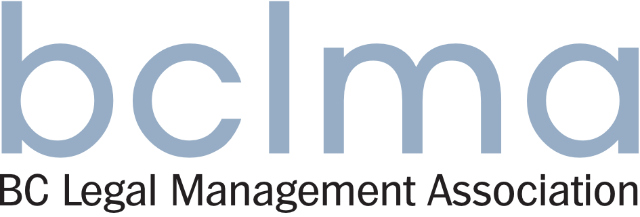This article on cognitive diversity came out late July on Forbes.com by Rob Toomey, Co-Founder of TypeCoach.
Rob, (who, incidentally, was a lawyer), and his team at TypeCoach have developed a communication system based on personality type differences.

Every good manager should understand workplace diversity’s value beyond the “feel good” optics of having men and women with different racial and ethnic backgrounds working together. A McKinsey study, for example, found that companies whose executive boards contained more women and foreign nationals drove higher return on equity. And, researchers from Columbia, MIT, and other top universities discovered that ethnically diverse teams make better stock-picking decisions. It’s evident that diversity is a strategic tool that drives performance and results.
However, there’s another kind of workplace diversity that’s more difficult to see, but that is every bit as important: cognitive diversity. This involves having people on a team and across an organization who think and process information differently. It’s common and natural to connect and build rapport with people who are similar to our own personality type. But, “hire in your own image” is an unwise practice: If everyone sees a situation from the same perspective, it’s easy to get blindsided by something that would have been obvious to someone with a different outlook.
Cognitive Diversity Drives Innovation
Organizations that rely on innovation are constantly trying to discover the secret sauce for building innovative teams. But there are different kinds of innovation. Some people are focused on “process” innovation, which involves improving upon something that already exists. In Japan, the art of constant improvement (kaizen) is precisely this principle taken to the fullest. Take, for example, the colleague in your office who is always finding new ways to get things done more effectively within the existing system. Process innovation isn’t terribly sexy to some, but it can be just as groundbreaking as its more glamorous cousin, “light bulb” innovation. Light bulb innovators first start by disregarding what already exists and then come up with something entirely new (ie. the Wright brothers!). Instead of refining an existing system, they start from scratch seeking to answer the question, “If we started over now, how would we solve this problem?”
Psychological Safety Is Key
Many managers are unaware of cognitive differences, but have surely noticed the effects of, for lack of a better phrase, cognitive intolerance. One such effect — discount revenge — is a subtle but toxic interaction between co-workers that results in a vicious cycle of miscommunication and a diminishing willingness to share ideas. Here’s how it looks: In a team meeting, Susan suggests a strategy for solving a problem. Bob may roll his eyes, and in so doing “discounts” her idea. Susan notes the response and vows to get revenge by dissing the next words out of Bob’s mouth. Perhaps they both simply lack adult communication skills, but it’s also highly likely that the friction comes from how they think. Susan may be presenting a “light bulb” innovation that immediately gives Bob issues from a process innovator’s perspective.
Teams must create space for people to share their natural perspectives. This increases the flow of different perspectives and allows for the cognitive diversity that already exists on the team to flourish. For this to happen, companies should create an environment of “psychological safety,” a term coined by Harvard Business School professor Amy Edmondson, who defines the term as “a shared belief that the team is safe for interpersonal risk taking.”
The concept may be rooted in academic research, but it’s been validated in the business world. Six years ago, Google launched Project Aristotle to deconstruct the DNA of effective teams. Among the results: Psychological safety — having the confidence to take risks and express new ideas without fear of embarrassment — was the number one dynamic that set successful teams apart.
When your team or company has a culture of psychological safety, you create an environment where people are less concerned with conforming to the status quo than in expressing new ideas authentically. Cognitive diversity and innovation can thrive in these conditions. This is not to say that cognitive diversity should de-emphasize the importance of other forms of diversity. However, even when you’ve checked all the right boxes for diversity, you may accidentally end up with a room of people who all think the same way and that’s not good. Cultivating this more subtle form of diversity will result in more innovative ideas that lead to better results and performance.
